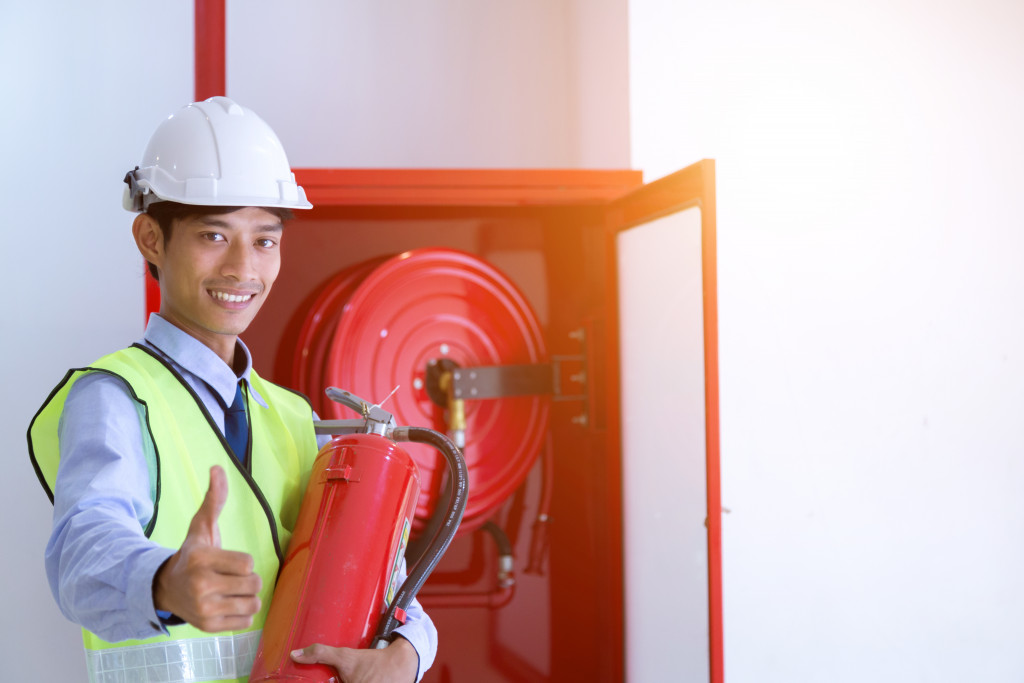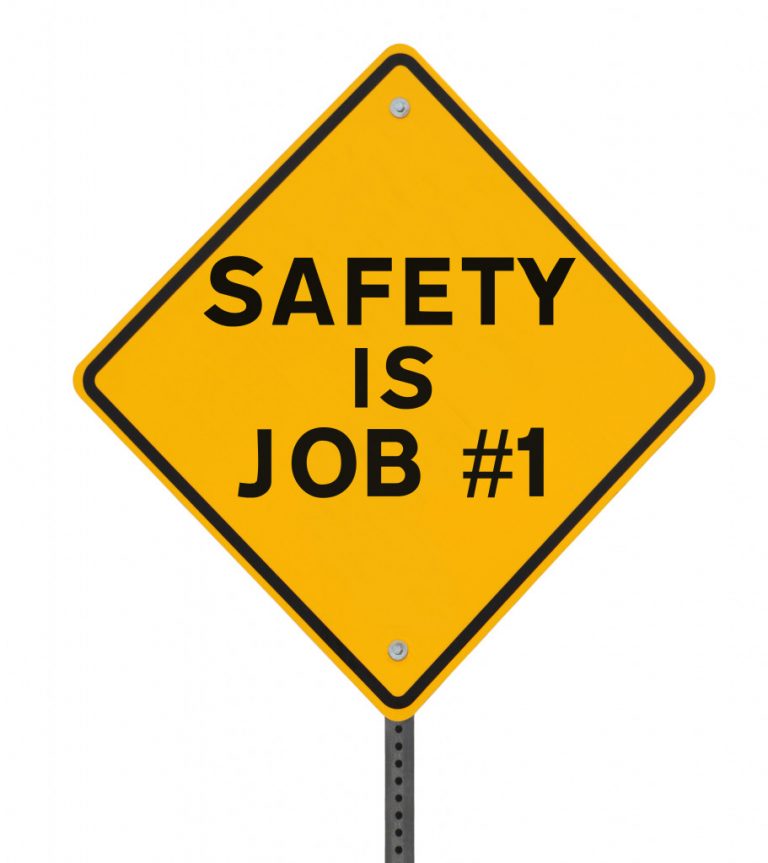Although often a neglected aspect of human resource management, workplace safety is essential for any business. It is a crucial factor that affects employee retention and well-being.
The key to providing a safe work environment is first identifying the hazards. Being aware of safety hazards in the workplace can help companies eliminate them and minimize accidents.
A business should enforce a strict program to identify the risks and manage them to eliminate safety hazards. A safety and health program can include work safety training, reporting system for identified threats, and safety walkthroughs.
According to the Occupational Safety and Health Administration (OSHA), aside from preventing workplace accidents, a safety and health program can provide many benefits for both employees and businesses. The OSHA further explained that an effective safety program could increase productivity, improving overall business operations. It can also engage workers, helping them reach their social responsibility goals. It can also help a company to practice strict compliance with workplace safety laws and regulations.
To reap the benefits of an effective safety and health program, your business needs to identify what hazards are present in your office. Only then can you manage or eliminate them. While office safety hazards are comprehensive, here are the most common hazards found in offices and what you can do to control them.
Ergonomic Hazards
Office workers spend most of their working days in front of a computer. Unfortunately, seating for prolonged hours can cause muscle strains and other injuries. While prolonged sitting cannot be avoided, being exposed to its harmful effects can be minimized.
To lessen the risk of ergonomic hazards, it’s vital to provide office workers with ergonomic workstations and chairs. Fitness programs that teach proper posture and simple stretching exercises can also help.
Fire and Electrical Hazards

Smoking is the leading fire hazard in office buildings. Cigarette butts that have not been completely put out before discarding can cause fires. When the weather is dry and the wind is present, cigarette butts thrown near flammable materials can ignite.
Smoking as a fire hazard is followed by overheated computer equipment, pantry appliances, and overloaded electrical sockets. Unattended cooking facilities and improper use of extension cords can also cause fires in the office.
Meanwhile, electrical hazards include faulty wiring, improper grounding, damaged electrical equipment, and wet conditions. Employees can get electrocuted with any of these hazards.
Businesses can easily control fire and electrical hazards. There should be fire and electrical safety precautions in place in your office. The basics should include having the designated smoking areas, properly distributed fir extinguishers, and installing adequate power sources. It’s also essential to implement safety practices that will prevent hazards from occurring.
Structural Hazards
Structural hazards can often be seen in defective furniture, equipment, walkways, entrances, exits, windows, and flooring. Proper facility maintenance and management can lessen the risk of structural issues in your office.
Facility managers should be proactive in identifying defective structures in an office setup and reporting them to the building management. At the same time, they should advise the management to hire third-party services that can help maintain office structures. For example, a business can employ the services of window installers to ensure that the windows in the office are properly installed.
Indoor Air Quality Hazards
According to the Centers for Disease Control and Prevention (CDC), offices should be properly ventilated, with efficient air conditioning and heating systems. Poor indoor air quality can affect the help of employees. It can cause occupational asthma, respiratory problems, fatigue, and allergies.
Poor indoor air quality is often the result of ineffective facility management, indoor air pollution, inadequate ventilation, obstructed airflow, and even overcrowding. Prevent these issues to improve the quality of air in your office building.
Health Hazards
The current pandemic has put everybody’s health at risk, including office workers. It is, therefore, crucial to implement health protocols that can keep employees healthy and safe.
According to the CDC, companies should first develop a COVID-19 workplace health and safety plan. Aside from the standard protocols recommended by the agency, it is the job of business management to further improve the protocols with their own health and safety rules and regulations.
The CDC suggested that companies must ensure a building is COVID-ready for occupancy, identify risks of exposure at work, develop hazard controls, and reduce coronavirus transmission among employees.
Risk Assessment
Your safety and health program should include a risk assessment process to identify other hazards in your office. This can help both your business and your employees know the risks and prevent or remedy them.
Final Thoughts
While office employees are not much at risk in the workplace compared to industrial workers, the effect of working in an unsafe and unsanitary environment can have serious health consequences in the long run. Everybody in the workplace must be safe and healthy at all times, no matter where they work. To keep everybody safe in the office, learn to identify the risk using this guide.




